Whiteboarding is a well-established active learning practice used in many classrooms. Students and instructors can use in-classroom whiteboards to brainstorm, create connections between ideas, draw representations, and more. Digital, online whiteboards provide additional features that can enhance active learning in face-to-face courses and online courses. A digital whiteboard can provide opportunities for collaboration between students and for student-to-instructor and student-to-content interactions.
Getting Started
There are many different digital tools available for online whiteboarding, so the first step is to review some tutorials and guides to help in determining which app will work best for you and your students. Examples of popular digital whiteboarding tools include:
Important Notes
Support: Zoom and Microsoft Whiteboard are supported by the Vermont State Colleges Systems Service Desk. Formal university support is not available for other whiteboarding tools.
Accessibility: Just like in-class whiteboards, doing an activity on a whiteboard exclusively means it will not be accessible to students using screen readers. Find out more about accessibility and digital whiteboarding in this article.
Tutorials and Guides
Microsoft Whiteboard
- Microsoft’s Whiteboard Help & Learning Page
- Getting started with Microsoft Whiteboard
- Ice breakers and fun with Microsoft Whiteboard
- How to run a lesson with Microsoft Whiteboard
- How to run a group project with Microsoft Whiteboard
- Hybrid learning made easy with Microsoft Whiteboard
- New ways to use Microsoft Whiteboard for Education
- Create ongoing projects, bulletin boards, and calendars with Microsoft Whiteboard
- Tips to make whiteboards more accessible
- Use Whiteboard in Microsoft Teams
Zoom Whiteboard
- Zoom support article: Using the Zoom Whiteboard
- Zoom whiteboarding overview with video: Enhance collaboration with online whiteboards
- In-meeting Zoom annotation support:
- Zoom support article: Zoom Annotation Tools for Collaboration
- Article: Using Zoom’s Annotate Function to Promote Active Learning
- DELTA Teaching Resources Page: Leveraging Zoom Tools to Facilitate Engagement
- YouTube Video: Annotating a Shared Screen on Zoom (3 min 54 sec)
Miro
- Miro Getting Started Help (including creating boards, starting collaboration, & use cases)
- Apply for a free education Miro account
- Miro Education Templates
Digital Whiteboarding Ideas
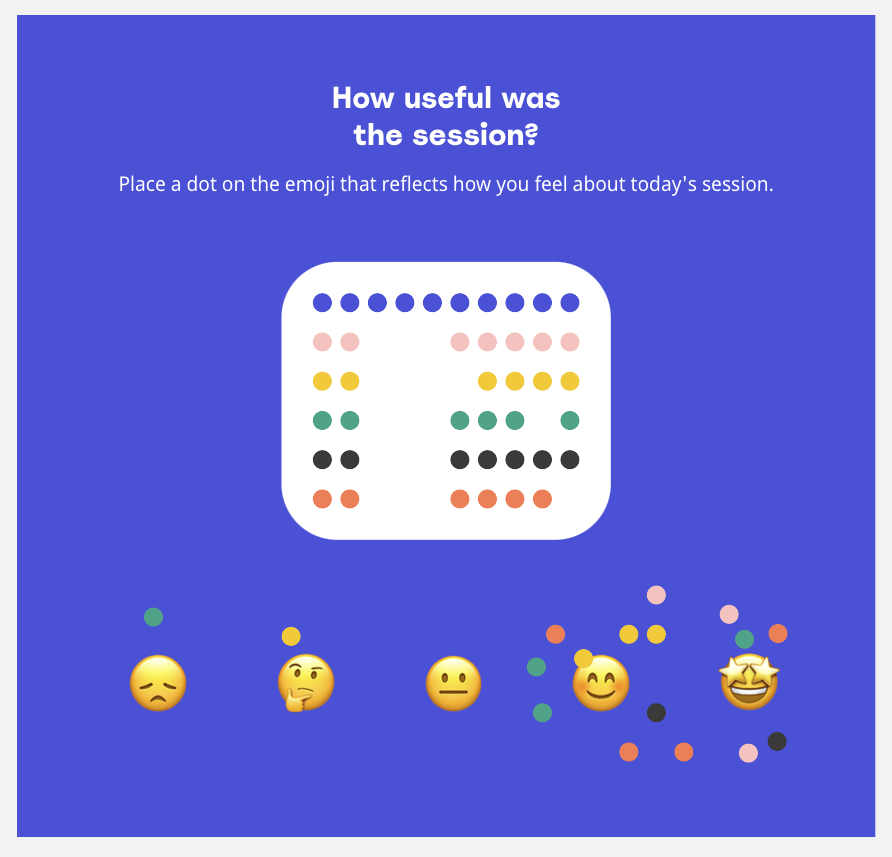
Give Feedback
Instructors add notes and/or comments to student’s work, either in the moment or after students submit work. Using icons and sticky notes can make this feedback process quick and efficient.
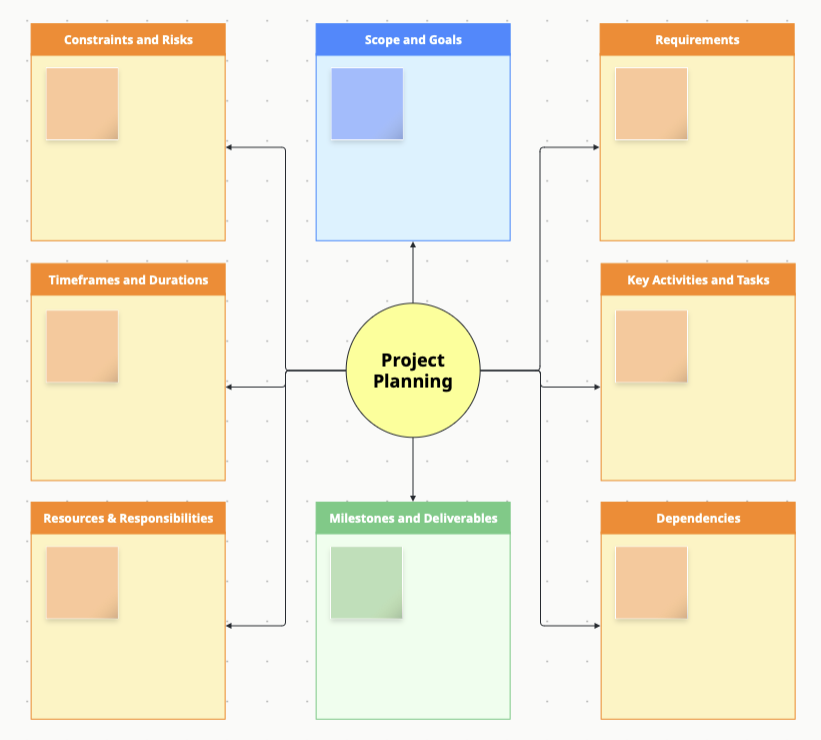
Organize Group Work
Students plan projects, share ideas with each other, and more.
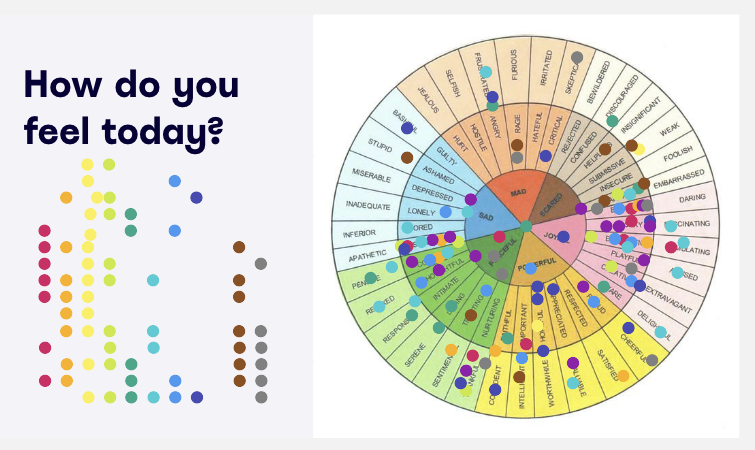
Build Community
Students respond to emotional well-being check-in prompts, create or annotate “getting-to-know-you” frames, and more to build a comfort level and sense of community with classmates and instructors.
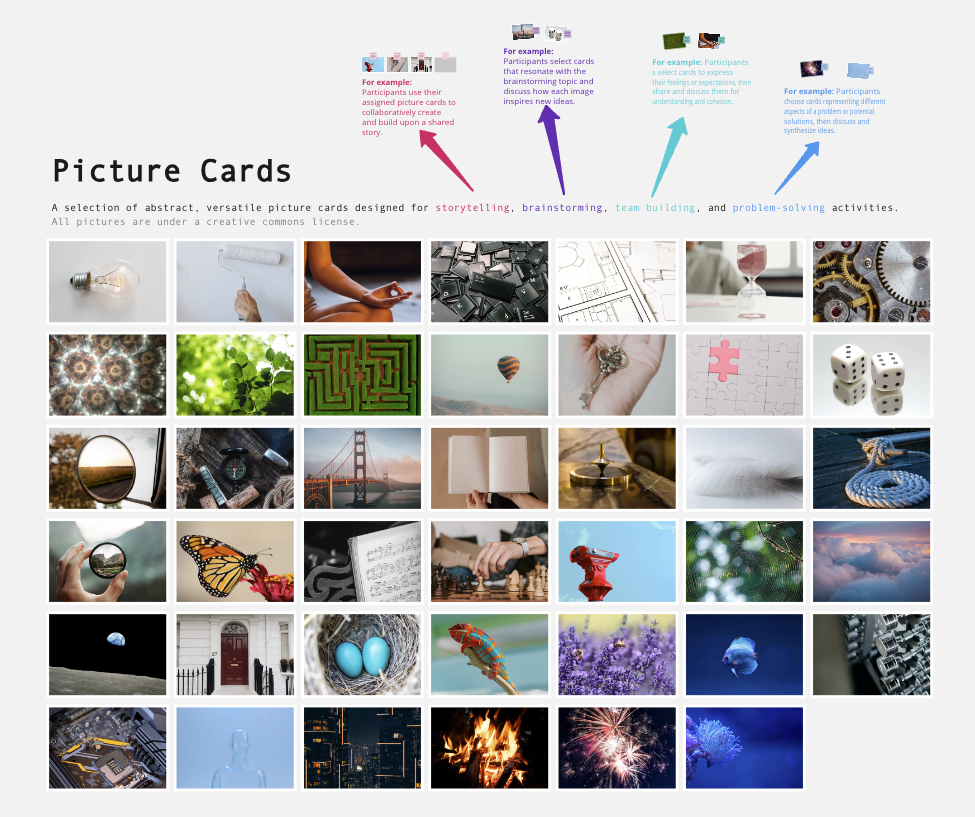
Share Results/Posters
Use a series of digital whiteboards as a gallery walk for students (and/or instructors) to share their work.
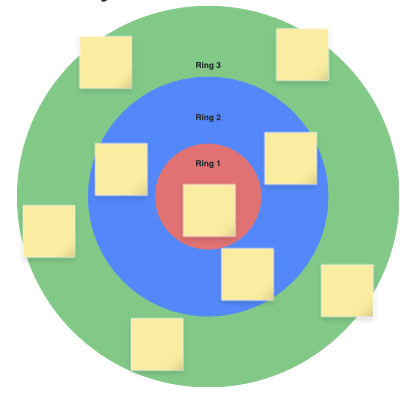
Brainstorm
Students add sticky notes, text boxes, icons, images, lines or arrows to show connections, and more.
Image Example Sources: Zoom: Bullseye, Miro: Meeting Rating, Zoom: Project Plan, Miroverse: Emotion Wheel, Miroverse: Picture Cards
Activities and Examples
Concept Mapping
Concept maps are visual representations of information, serving as versatile tools ranging from graphic organizers to flow charts. Particularly beneficial for students with a visual learning preference, they excel in elucidating complex topics by illustrating connections between ideas.
Collaborative group work with concept maps is highly effective, allowing participants to collectively construct maps centered around a specific topic. This collaborative effort unveils shared thoughts and branches, fostering deeper understanding.

Here are some ideas for utilizing concept maps:
- Charts
- Graphic Organizers
- Flowcharts
- Venn Diagrams
- Timelines
- T-Charts
Group Work Gallery
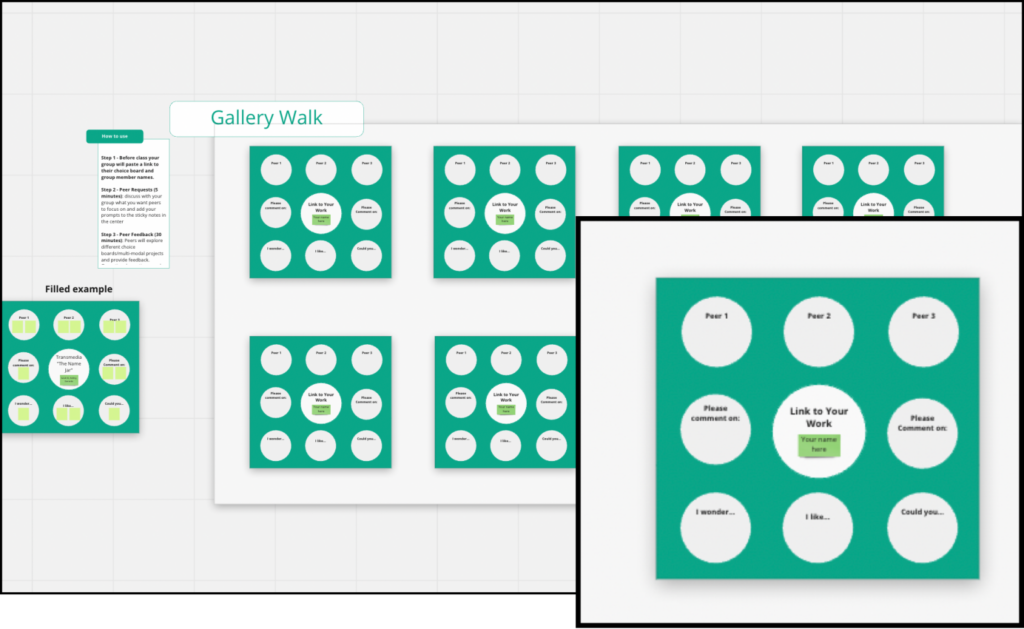
Students can share work they’ve created during a class activity or outside of class to a series of frames or areas on a whiteboard. They can include the work actually embedded via screenshot or uploaded image OR link to the work.
Student creators can post their own peer review questions on sticky notes, asking for feedback on what they think is important. Peers can then do a gallery “walk” during class time or outside of class and use whiteboard features to give feedback.
Instructors could also provide guiding questions for peer feedback in the digital whiteboard gallery.
If the work is created in class, instructors can circulate physically in the room and online via the whiteboard digitally to give in-the-moment feedback to students.
Image Annotation
Although digital whiteboards may not be the foremost tool for image annotation, they offer a swift and straightforward method to foster student collaboration around visual content.
Utilizing the comment feature, students can annotate images, with their names automatically recorded within the comment. Moreover, students can engage in dialogue by replying to existing comments left by their peers.
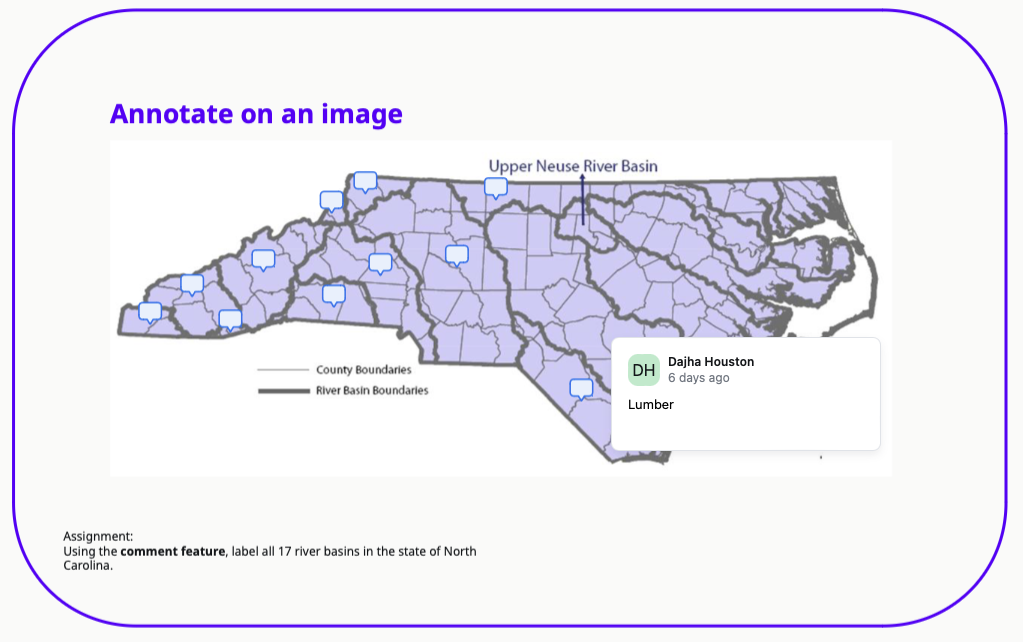
Articles with Whiteboarding & Active Learning Ideas
- Active Learning Strategies from the Office of Teaching and Learning at North Dakota State University –> Review and see how many ideas you could use with digital whiteboards!
- Integrate Digital Whiteboards article with alternative whiteboarding tools and engagement activity ideas.
References
Felder, R. M., & Brent, R. (2009). Active learning: An introduction. ASQ higher education brief, 2(4), 1-5.
Fuchs, Kevin, Preparing Students for Success in a Changing World: The Role of Virtual Whiteboards in the Modern Classroom (March 4, 2021). Education Quarterly Reviews, Vol.4 No.1 (2021), Available at SSRN: https://ssrn.com/abstract=3797677
Inouye, C. Y., Bae, C. L., & Hayes, K. N. (2017). Using whiteboards to support college students’ learning of complex physiological concepts. Advances in physiology education.
Schroeder, R. (2008). Active Learning with Interactive Whiteboards: A Literature Review and a Case Study for College Freshmen. Communications in Information Literacy, 1 (2), 64-73. https://doi.org/10.15760/comminfolit.2008.1.2.10
Concept maps. Learning Center. (2022b, July 11). https://learningcenter.unc.edu/tips-and-tools/using-concept-maps/
Citation: DELTA Teaching Resources. Digital Whiteboards for Teaching and Learning. NC State University. Retrieved March 12, 2024 from https://teaching-resources.delta.ncsu.edu/digital-whiteboards/.

This teaching guide, which has been modified from its original form, is licensed under a Creative Commons Attribution-NonCommercial 4.0 International License.